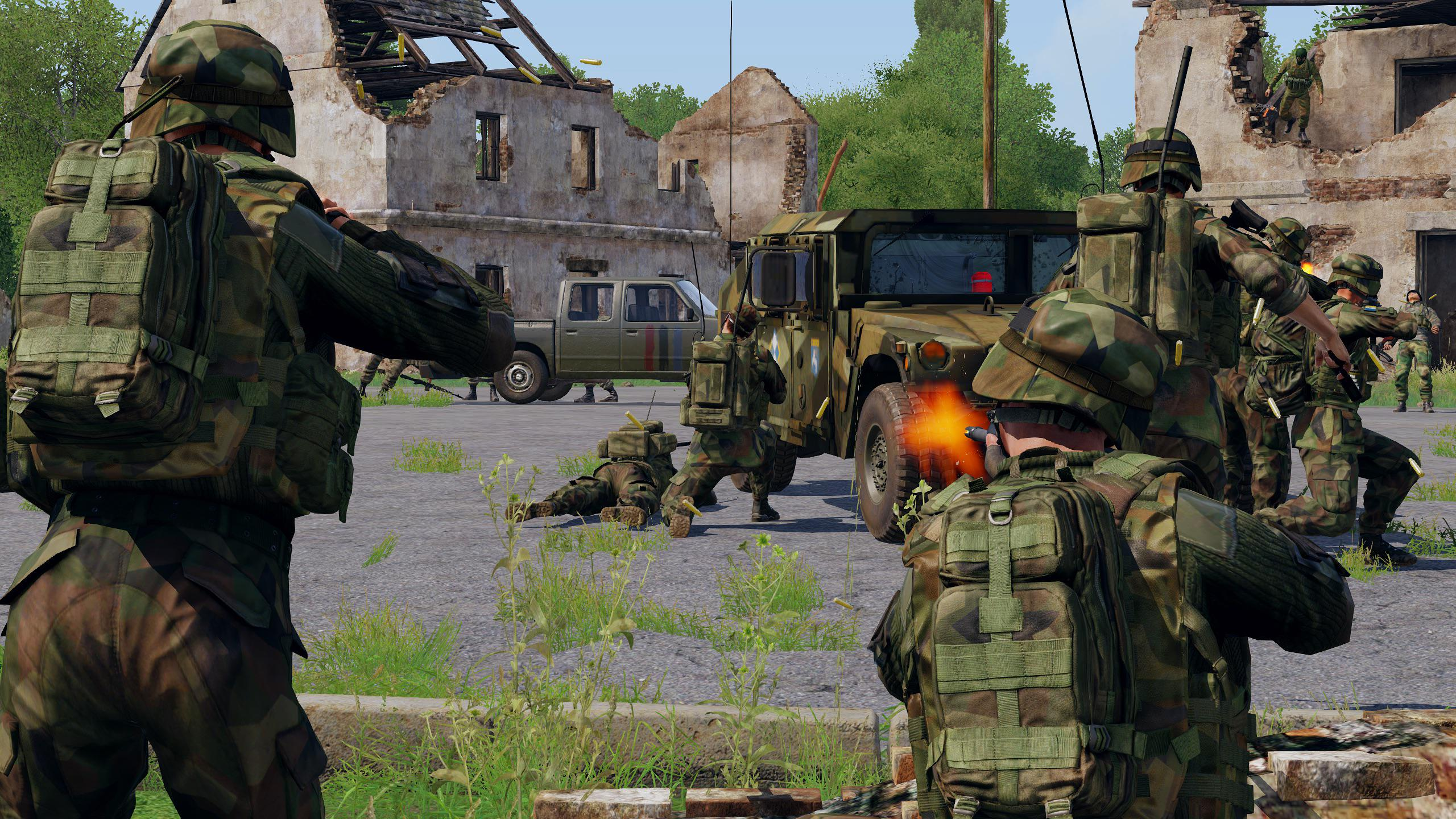Introduction
The Republic of Chernarus (Chernarussian: Republika Černarus, Russian: Республика Чернорусь), more commonly known as Chernarus, is an Eastern European post-Soviet republic in the Green Sea region, somewhere near the Caucasus. Chernarus is bordered by the Russian Federation to the north along the Black Mountains, Green Sea to the south and east and Livonia to the west extends south till the city of Tchernogorsk. The capital, Severograd, is situated in the north-east of the country, a short distance from the Russian border.
Chernarus has been inhabited from at least the 5th Century, with Slavic peoples settling the area sometime around the 11th Century. Various dukedoms controlled the region until the nation was united in the 13th Century by Taras Kozub. Chernarus joined the Russian Empire in 1631, and only regained its independence upon the dissolution of the USSR in 1991. In 2009, a civil war would erupt in the predominantly ethnically Russian province of South Zagoria, instigated by the Chernarussian Movement of the Red Star who sought to unify with Russia.
Despite initial resistance by government forces, the movement gained momentum through widespread local support and covert backing from Russian elements. After months of intense fighting and internal destabilization, the ChDKZ achieved a strategic victory, culminating in a Moscow-backed coup that ousted the sitting Chernarussian president. In his place, a pro-Soviet, Russian-aligned interim government was installed in Tchernogorsk, marking a dramatic shift in the nation's political alignment and ending Chernarus’ brief post-Soviet independence.

Situation
Intelligence reports indicate a significant escalation in military activity within Chernarus, with recent movements suggesting preparations for a large-scale cross-border operation targeting neighboring Livonia. Satellite imagery and intercepted communications point to the mobilization of armored units, artillery, and airborne elements along the eastern frontier.
The strategic intent appears to be the seizure of Livonian territory, with indications that the operation may extend toward full political subjugation of the state. This development poses a direct threat to regional stability and the sovereignty of Livonia.
Background
Once a fiercely independent nation, Livonia faced cruel subjugation under Soviet control after World War II. For decades, its people teased a tireless partisan resistance - one was eventually crushed by the Soviet forces until 1965. But the feeling of freedom ended. During the Baltic-Vide singing revolution, Livonia rose again, reclaimed its sovereignty in 1991 and eventually achieved its place within Europe.
Now, decades later, the old ambitions revive. For Russia and its regional proxy, Chernaras, Livonia is more than a symbol of disobedience - it is a strategic keystone. As an important European corridor between Baltic and Eastern Europe, Livonia controls a logistic and military chokepoint Andrazage Gap. Capturing this will fracture the eastern line of NATO and re-establish the Russian effect in the region. This has been particularly elevated in recent years with continued infiltration attempts by pro-Russian expansionism groups.
